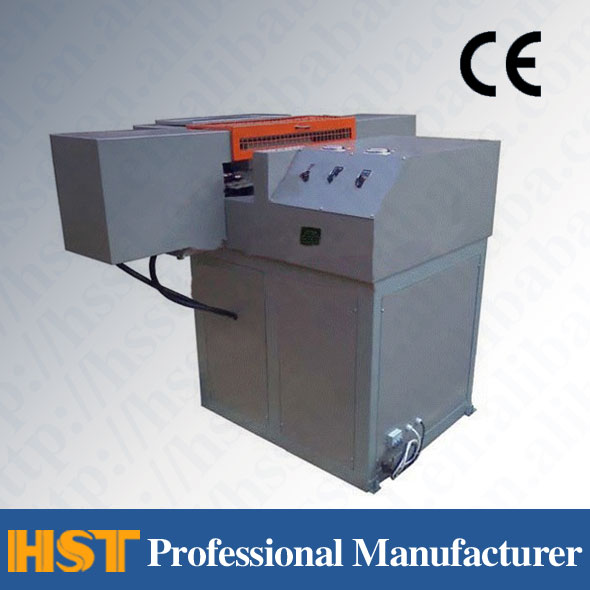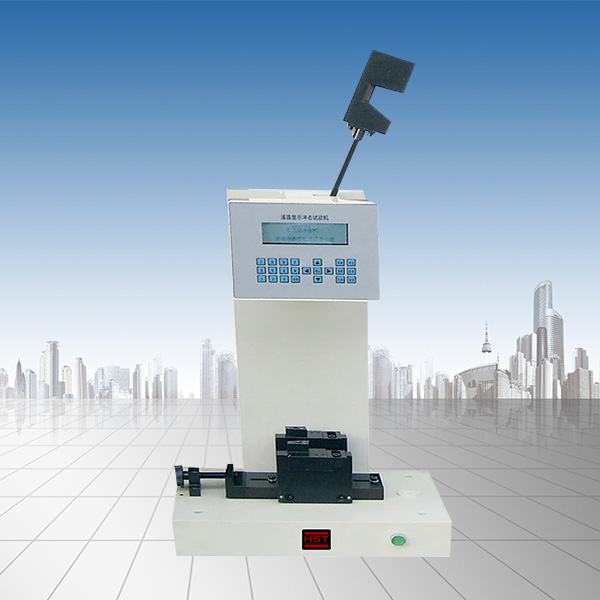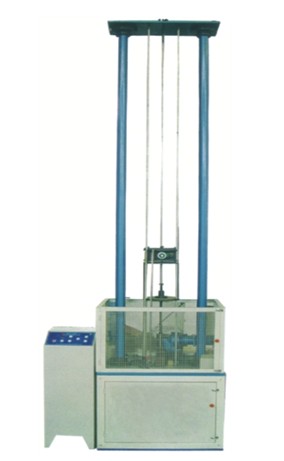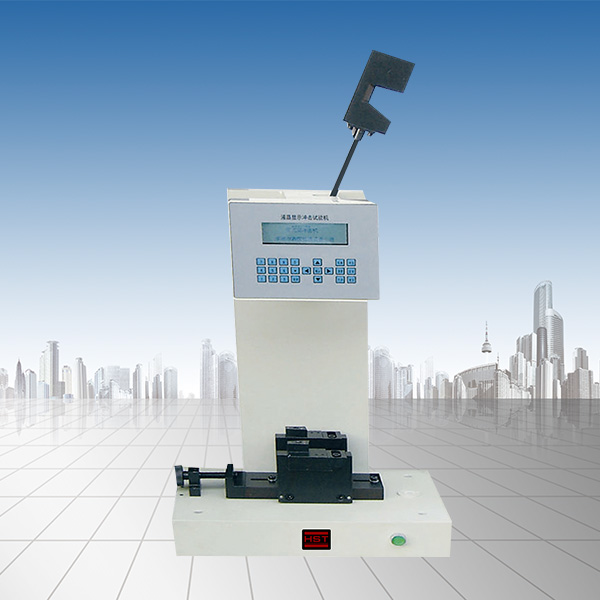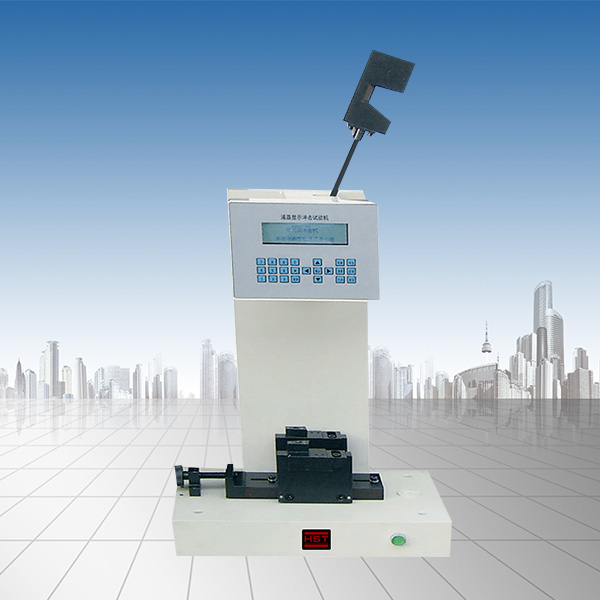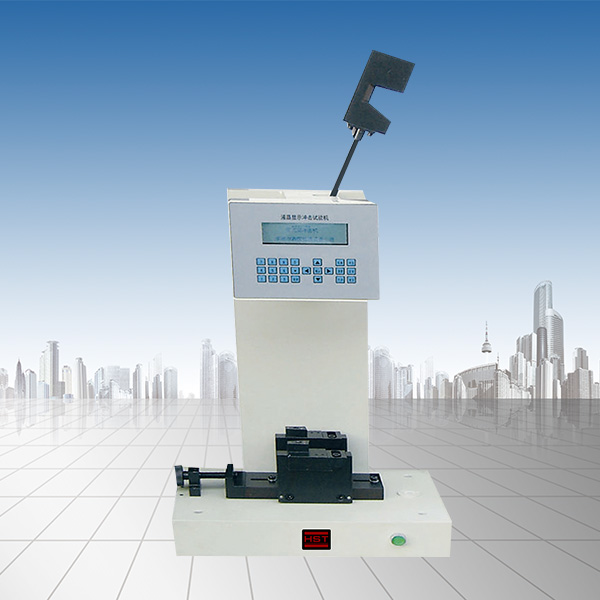Company News
Preparation work before installation of universal material testing machine
Release time:2018-11-23 source:Jinan Hengsi Shanda Instrument Co., Ltd. Browse:
With the continuous development of my country's economic construction, various major projects have been continuously implemented. Engineering testing is very important as an effective guarantee of the quality of construction projects. Whether the test results meet the design needs is closely related to whether the testing instrument meets the specifications. As a necessary equipment for multiple tests, the universal testing machine is at the forefront of testing. Now we will explain the installation and daily maintenance of universal material testing machines in actual work.
1. Preparation before installation
(1) The test machine should be installed in a room that is clean, dry, without vibration and can be controlled at (10-35)℃. In addition, there should be enough space in the room to ensure that there is more than 70cm space around the test machine for testing and daily maintenance.
(2) Dig a hole downward with the installation position of the test machine, the size is greater than 50cm longer and wider than the base of the test machine, and the depth is not less than 30cm.
(3) Water concrete with a strength level of not less than C20 in the pit, and leave holes for anchoring anchor screws and pipelines for installing circuits and sensors when pouring the concrete. Leveling of planes of concrete foundations is applied.
(4) The test machine is connected to a three-phase and four-wire power supply, and the power supply should be equipped with an air switch and a leakage protection device. The wires should be greater than 150 cm away from the ground, and a manual switch should be installed on the wires to control the power supply of the test machine.
2. Preliminary correction of the installation accuracy of the test machine
The main body of the test machine should be adjusted using a frame level or a wire hammer in the accessory to correct the verticality of the column in two directions perpendicular to each other, and use the method of inserting small iron sheets at the bottom of the main body. Install anchor screws and use spring washer. Use cement mortar with high strength to solidify the screw holes of each foot, fill the gaps between the tester and the ground, sprinkle water and maintain for more than one week, and then strengthen the screws.
3. Connection of hydraulic system
(1) Remove the bundles in each part and clean kerosene to clean the inside of the oil pipe, especially the threaded threads of the connecting ports of each oil pipe.
(2) Check whether the gasket at the joint is complete. If it is damaged due to transportation reasons, use the new gasket included in the test machine to prevent oil leakage during high pressure.
(3) Use a suitable wrench to connect each oil pipe. If it is a seamless copper pipe, it should be connected to the main machine and rely on the movement of the console to adjust the spacing to connect to the console end.
(4) Remove the residual oil in the fuel tank and remove the residue in the fuel tank.
(5) Uncover the iron door of the hydraulic control box and you can see the wire mesh oil filter. When filling the oil, it is poured into the oil tank through this oil filter. The test machine usually uses hydraulic oil. Hydraulic oil with higher viscosity should be used in summer and hydraulic oil with lower viscosity should be used in winter.
(6) Be sure to pay close attention to the oil level when refueling. The tester cannot work normally if the oil volume is too small. Too much oil volume will cause hydraulic oil to leak from the working cylinder port.
4. Electrical installation
The power supply voltage of the test machine is a three-phase 380V main body and the hydraulic control box with a plug connection. Before powering on, open the iron door of the hydraulic control box to check whether the wiring is falling off, whether the fuse is loose, and clean the dust and debris in the electrical box. After confirming that the equipment is connected to the power supply line, press the "Power" button on the hydraulic control box counter panel, and the indicator light will show that the information has been retrieved and powered on. Open the oil pump and check whether the operating direction of the oil pump is consistent with the direction indicated by the arrow. If the opposite is true, change any two connected positions, then activate the jaw seat lift button, remove the wooden block on the platform, unscrew the oil feed valve and raise the piston. Refer to the ruler on the main column to check whether the piston stroke limit switch works.
5. Test machine debugging
(1) Turn off the oil pump motor, turn off the MS wire on the oil pump, discharge the air in the pump (and a small amount of oil flows out), and then rotate the wire block: start the oil pump to lift and lower the piston repeatedly to drain the air in the oil cylinder and oil pipe.
(2) Pull the cold bend support equally apart to both sides, which shall be subject to the movement of the cross beam not being touched when lifting and lowering:
(3) Install spherical lower pressing plate on the platen, lift and move the cross beam so that the upper and lower pressing plates are about 20mm apart:
(4) Start the oil pump, close the oil return valve and open the oil supply valve to make the platen rise, and slowly increase the pressure:
(5) Check whether there is any oil leakage at each oil pipe joint:
(6) If there is oil leakage, tighten the joints at the oil after unloading the force.
- Previous article:Why is the hydraulic universal test oil pump noisy
- Next article:Displacement calibration method of electronic tensile testing machine
Recommended productsPRODUCTS


















